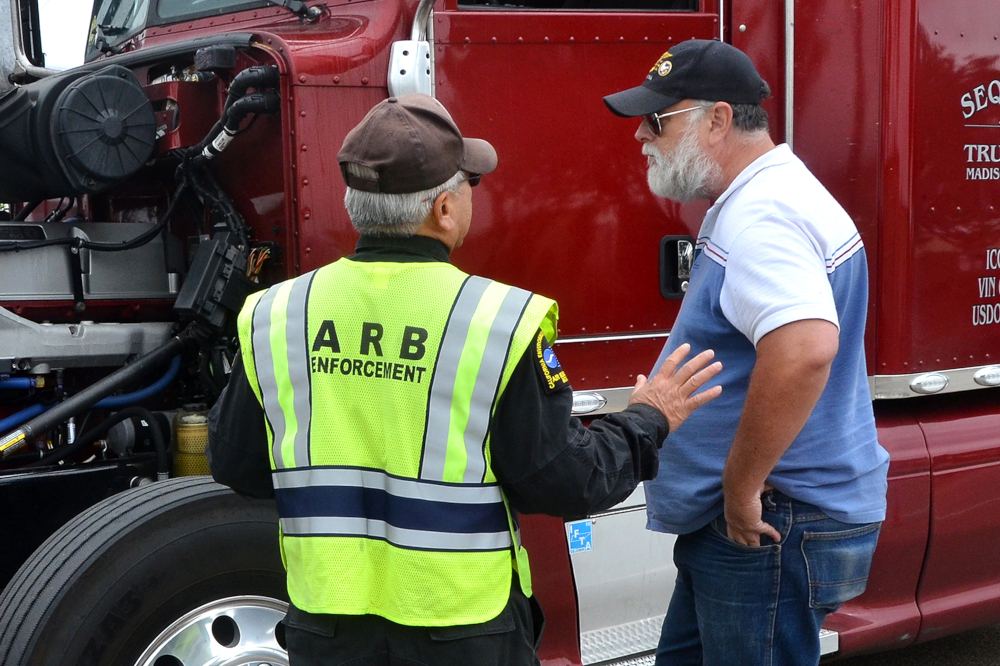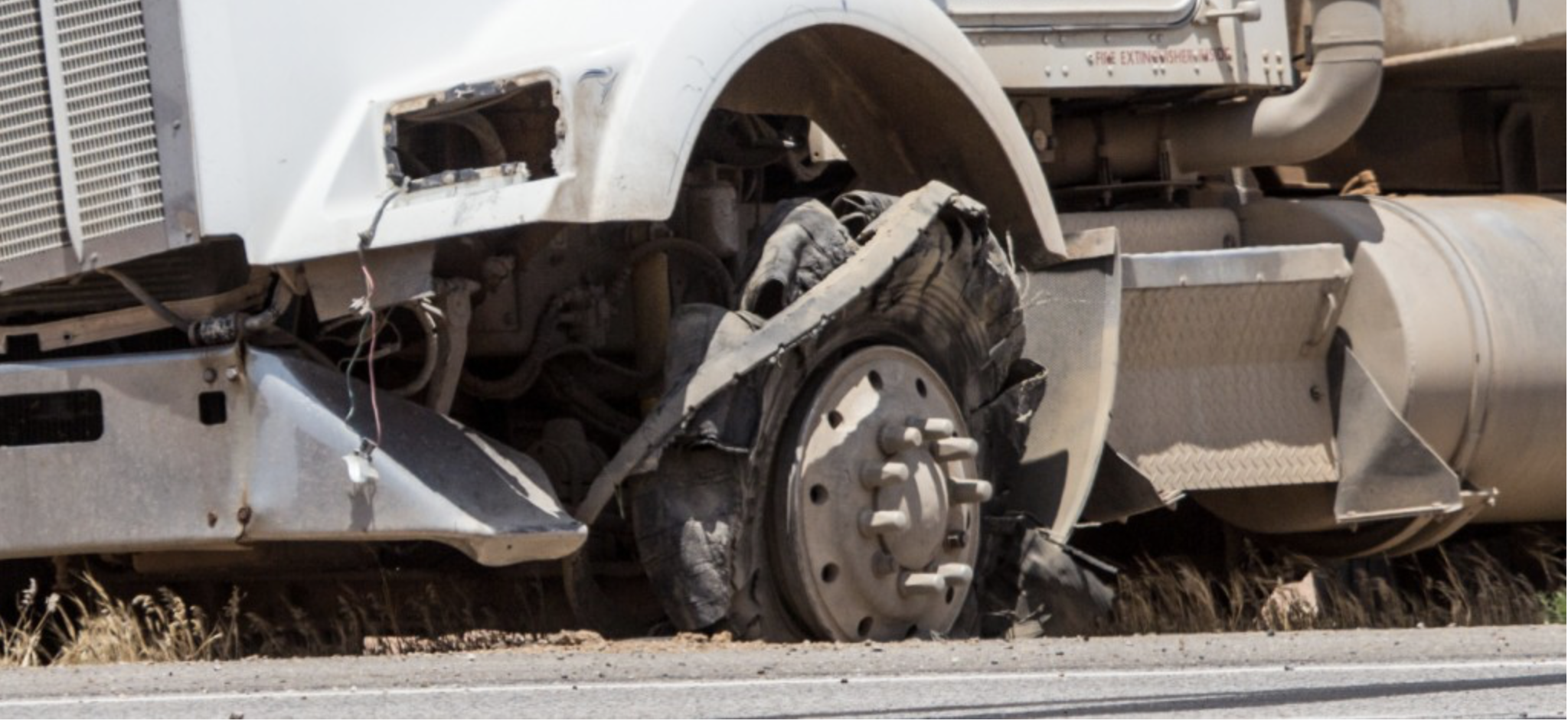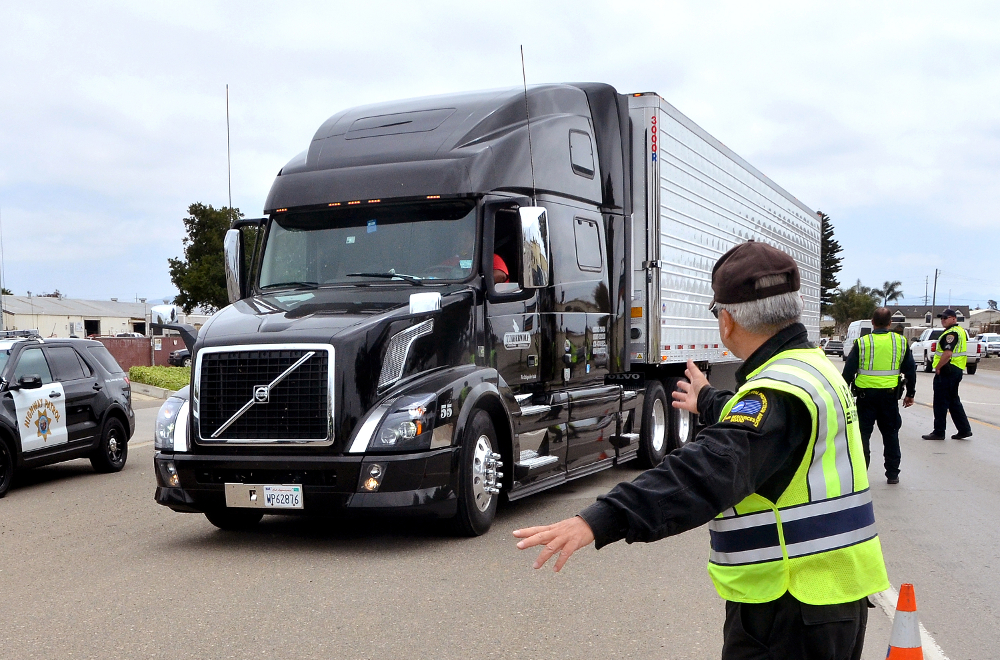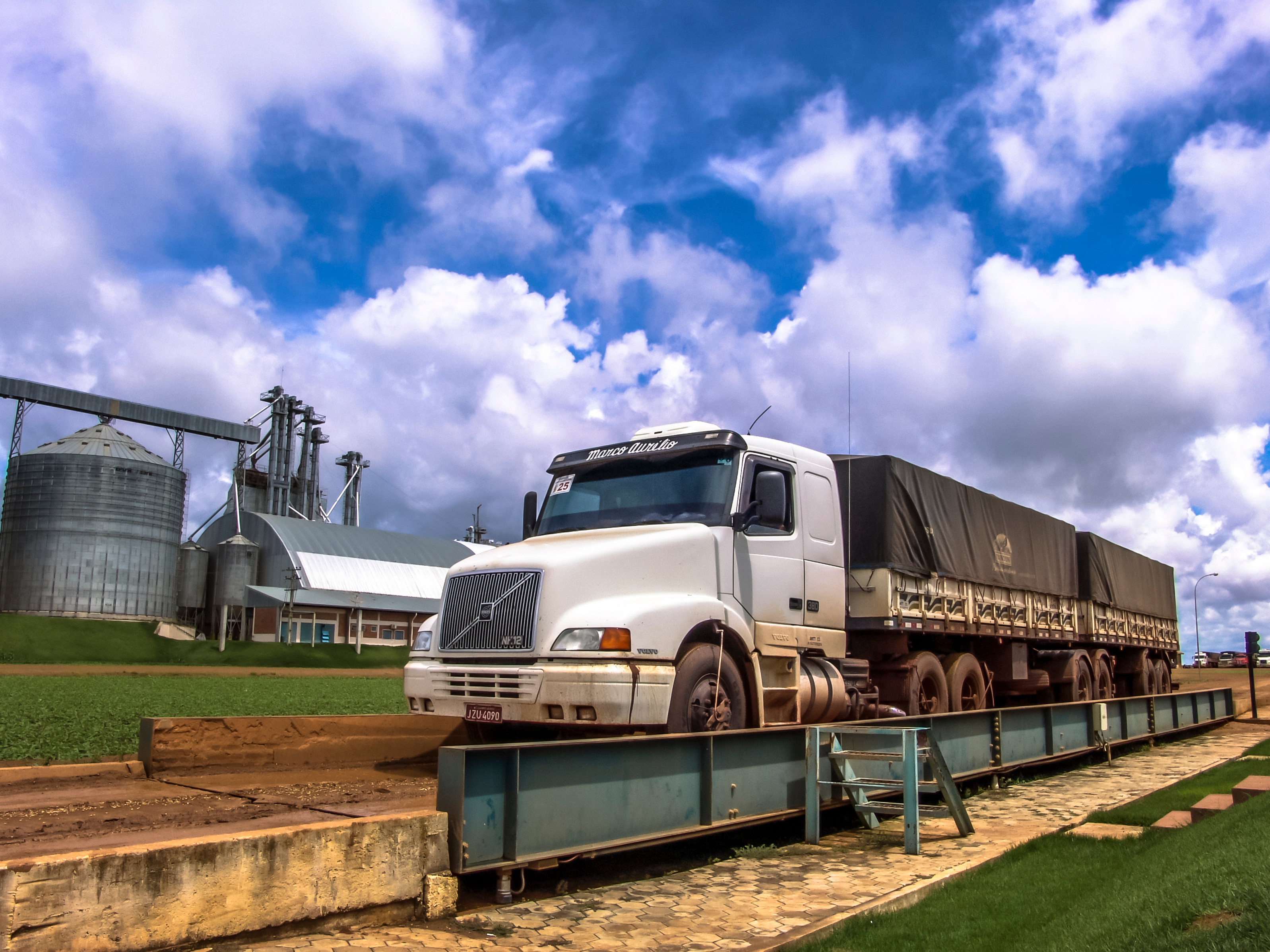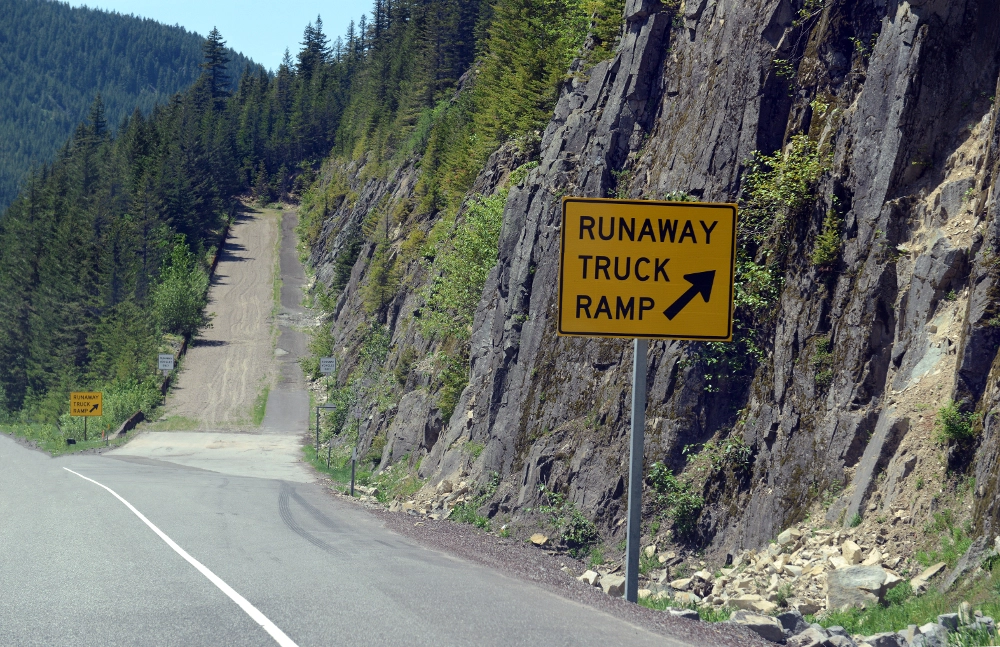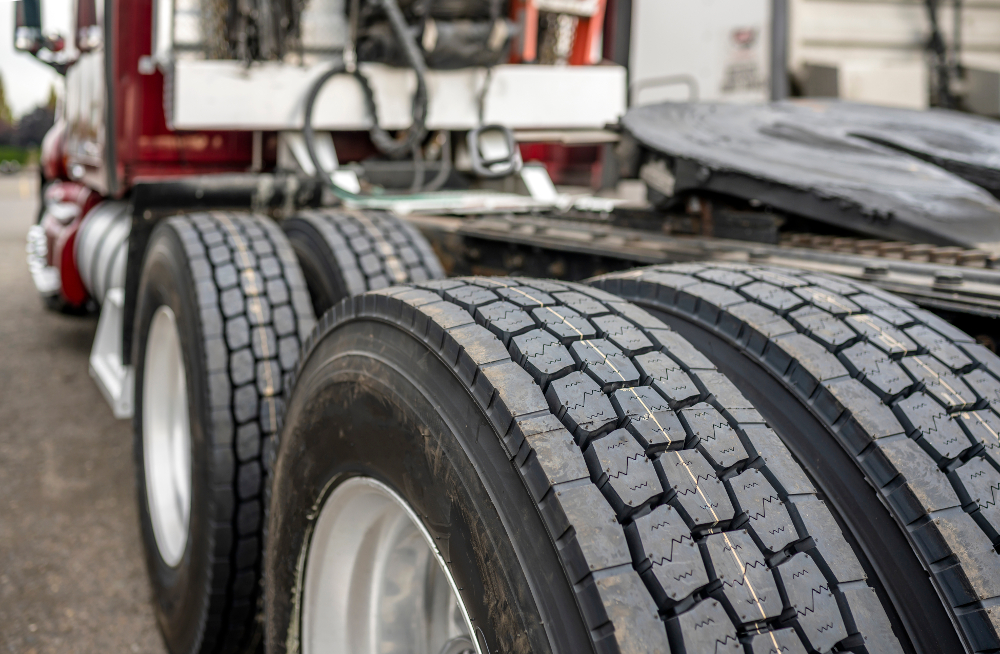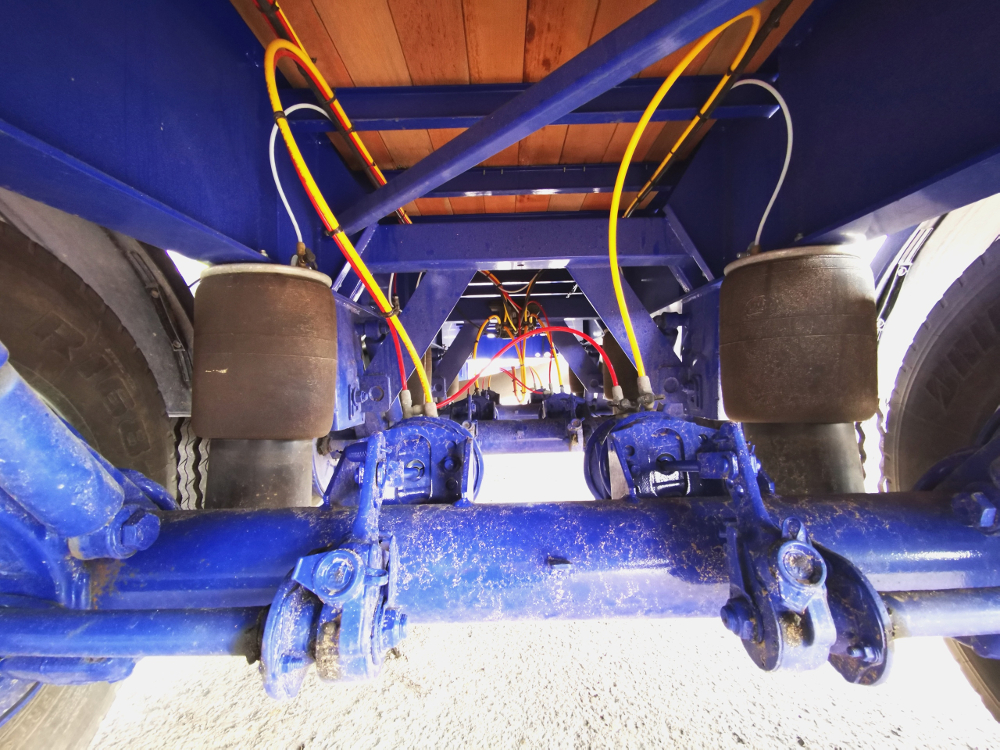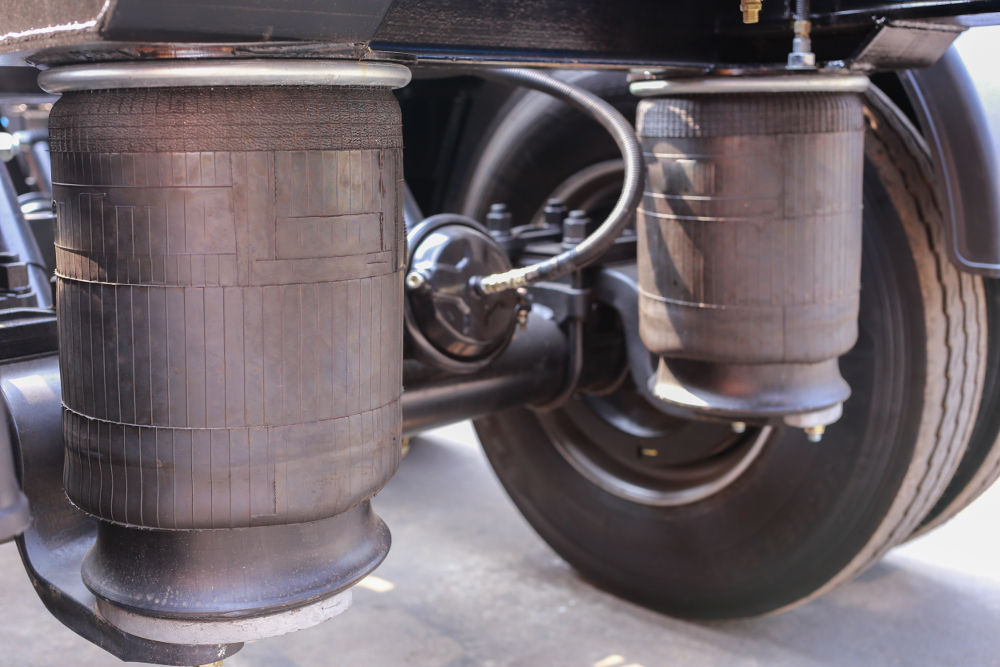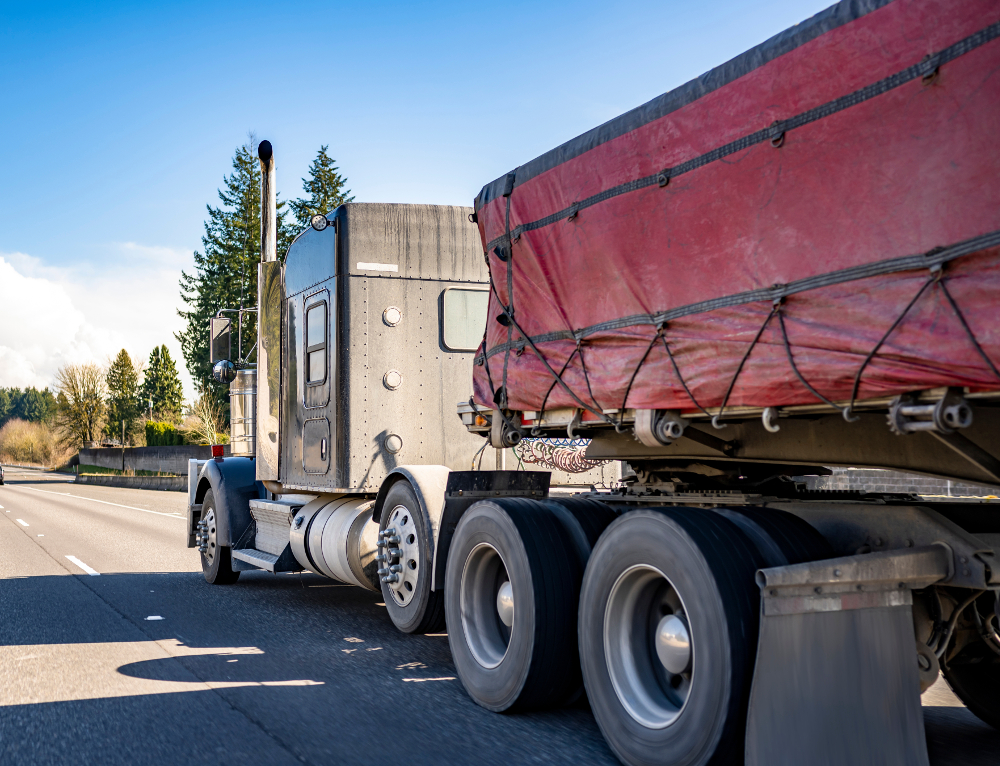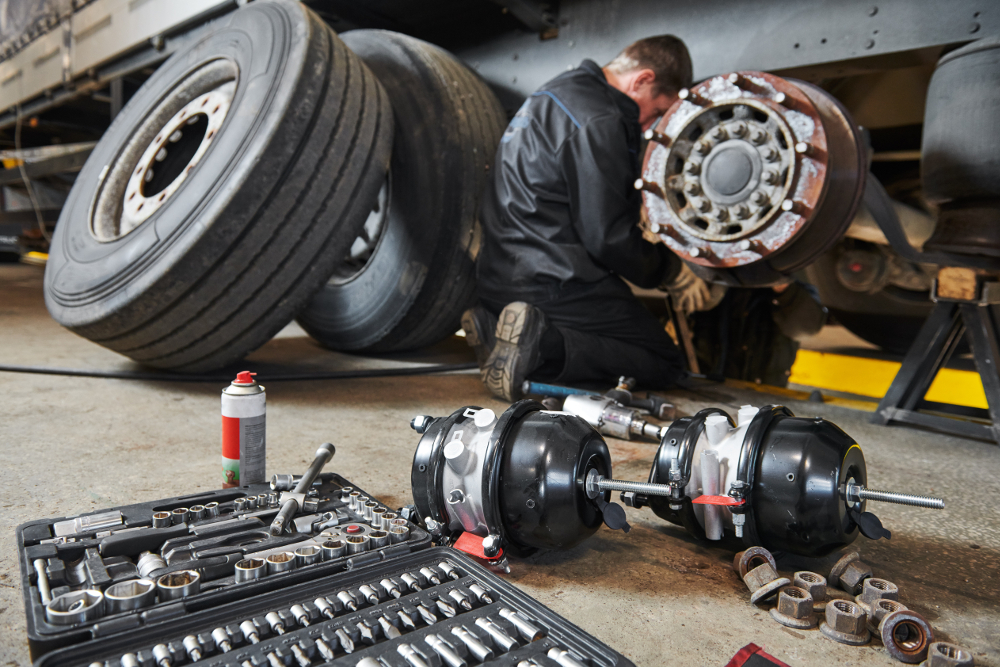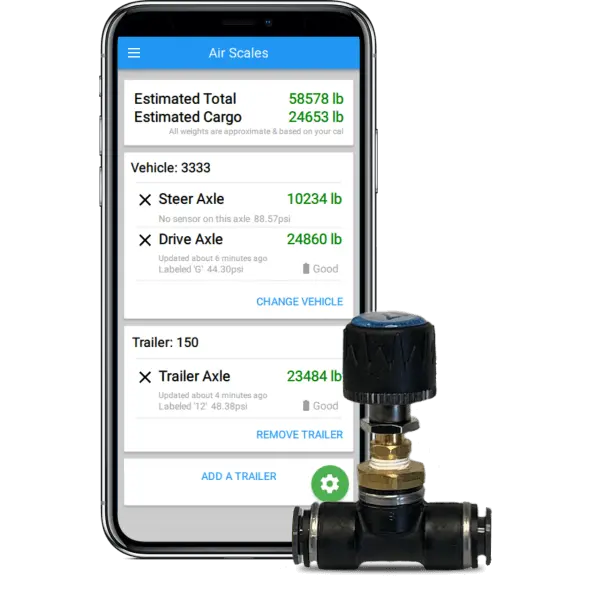How much grain can agricultural haulers afford to leave behind?
Aug 27, 2025 9:18:37 AM / by Henry Riegel posted in Overloaded, Truck Scale, Business Management
What Major Government Agencies Manage the Trucking Industry?
May 2, 2025 8:00:00 AM / by Mike Riegel posted in Safety, FMCSA, Business Management, DOT
What to do During a Truck Accident as a Truck Driver?
Apr 30, 2025 12:57:36 PM / by Mike Riegel posted in Safety, Trucking, Insurance
What does bobtailing mean in the trucking industry?
Apr 21, 2025 11:17:27 AM / by Mike Riegel posted in Trucking, Growth, Business Management
Calculating your Cost per Mile for your Trucking Business
Feb 11, 2025 9:46:51 AM / by Mike Riegel posted in Trucking, Growth, Business Management
What Is an ISS Score and How Does It Help with DOT Enforcement?
Dec 5, 2024 2:08:33 PM / by Mike Riegel posted in Safety, FMCSA
How To Help Convince Your Truck Drivers To Adopt Dashcams for Your Fleet
Jul 18, 2024 11:47:02 AM / by Henry Riegel posted in Safety, Driver Retention, Growth, Insurance, Telematics
Could The Chevron Deference Ruling Impact the FMCSA's ELD Mandate?
Jul 11, 2024 9:05:05 AM / by Henry Riegel posted in ELDs, FMCSA, DOT, Hours of Service
What are the new FMCSA changes for how CSA scores will be calculated?
Jul 2, 2024 8:51:04 AM / by Henry Riegel posted in Safety, FMCSA
New Ag Exemption Status in the BIT App
Jun 13, 2024 10:12:08 AM / by Erin Sullivan posted in ELDs, Logbook, FMCSA, Hours of Service, Personal Conveyance
How to avoid truck scale fraud and make the most on every load.
Feb 13, 2024 2:23:37 PM / by Mike Riegel
What documents are required in a truck driver's DOT permit book?
Jun 1, 2023 2:01:55 PM / by Mike Riegel posted in Trucking, Growth, FMCSA, Business Management, IFTA, CDL, Hours of Service, Insurance
How much do BIT Air Scales cost and what value do they bring fleets?
May 26, 2023 10:14:26 AM / by Mike Riegel posted in Safety, Overloaded, Blue Ink Tech, Truck Scale, Fines, Fleet, Growth
Shifting Gears: A Beginner's Guide to an 18-Speed Transmission
May 23, 2023 1:58:02 PM / by Mike Riegel posted in Trucking, Fleet
Understanding Runaway Trucks and the Role of Runaway Truck Ramps
May 19, 2023 7:19:31 PM / by Mike Riegel posted in Safety, Overloaded, Maintenance, Trucking
How to change a tire on your semi truck and trailer
May 16, 2023 10:00:00 AM / by Mike Riegel posted in Tires, Safety, Fines, Maintenance, FMCSA, DOT
How to replace damaged air lines on your truck and trailer
May 9, 2023 10:00:00 AM / by Mike Riegel posted in Safety, Maintenance, Fleet
How to Change an Air Bag on an Air Suspension for a Tractor Trailer
May 9, 2023 10:00:00 AM / by Mike Riegel posted in Safety, Maintenance, Fleet
The Art of Tarping Loads: Safeguarding Your Cargo on Semi Trailers
May 4, 2023 12:30:51 PM / by Mike Riegel posted in Safety, Fines, Trucking, FMCSA, DOT
Developing a preventative maintenance program for your trucking fleet
Apr 20, 2023 1:31:50 PM / by Mike Riegel posted in Safety, Maintenance, Fleet, Growth, Business Management


